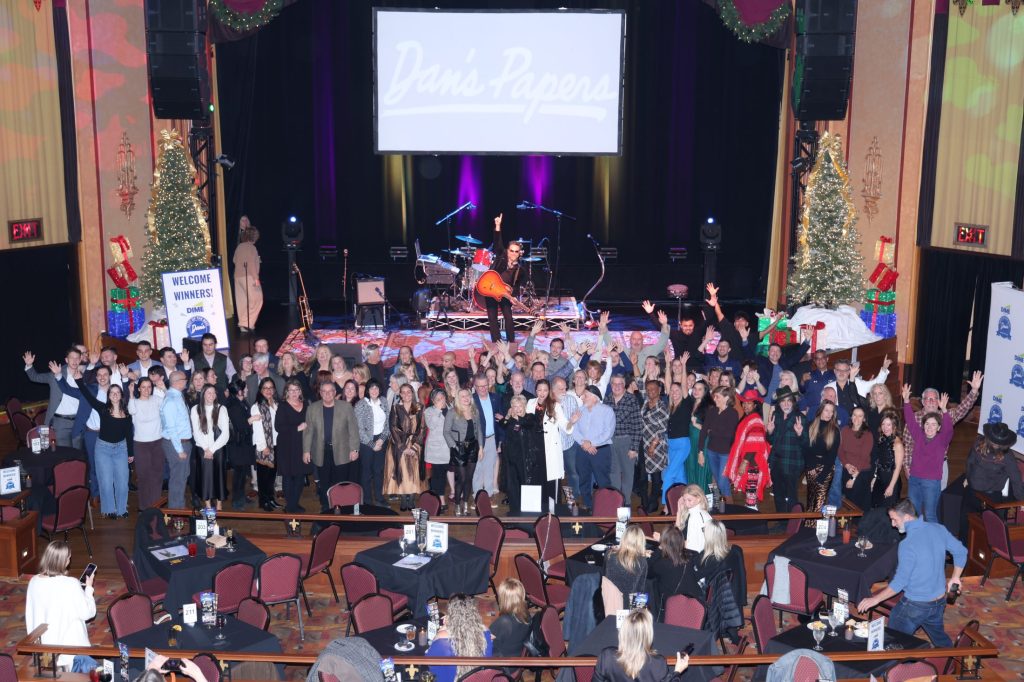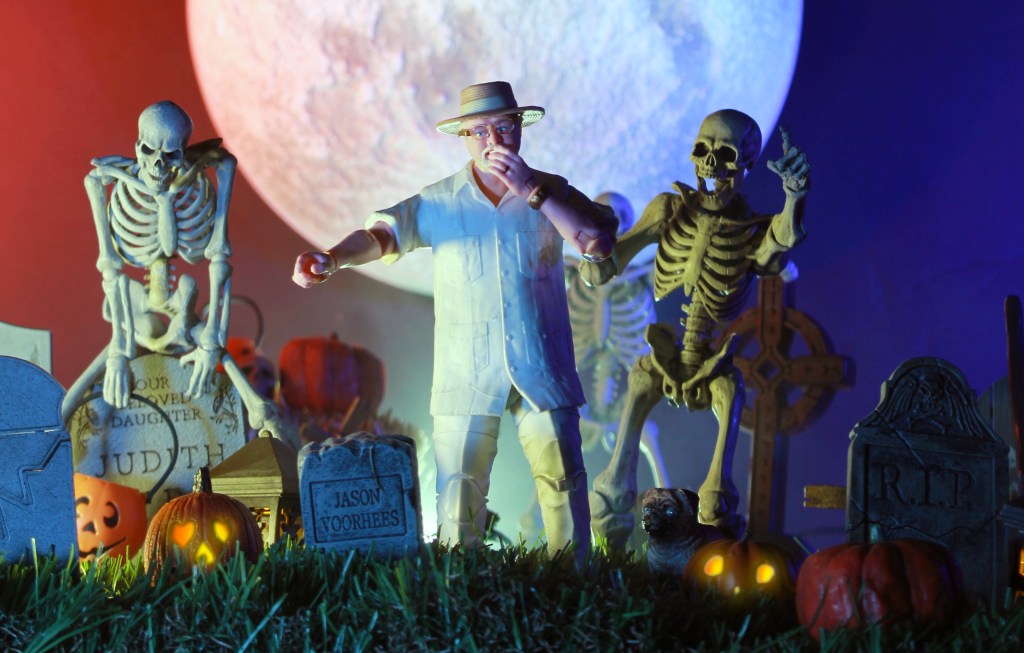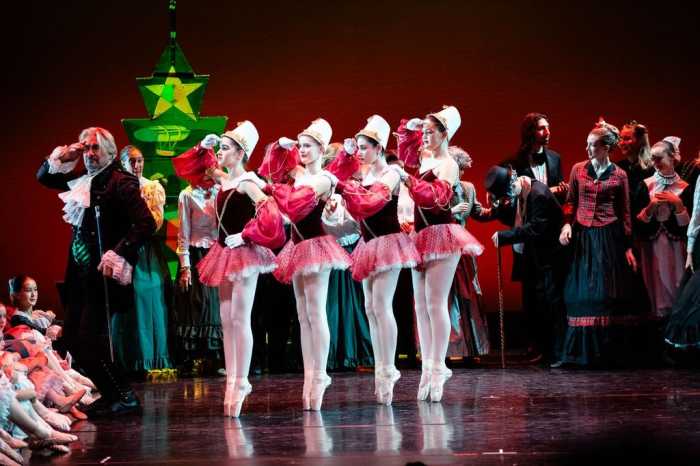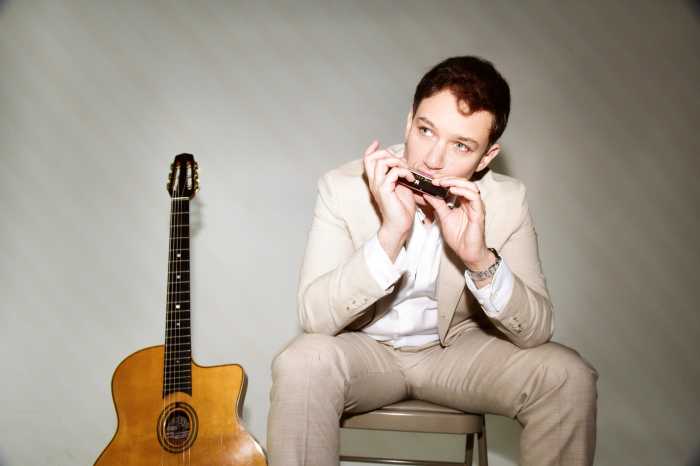2013 Will Be Epic Vintage for Long Island Merlot
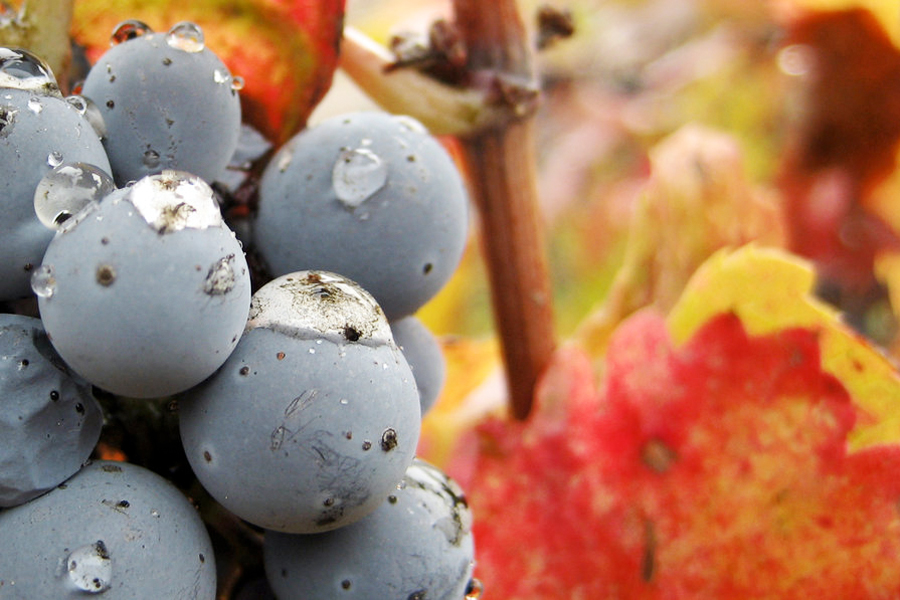
Merliance, an alliance of producers of Long Island Merlot and Merlot-based blends founded in 2005, has declared last summer “the best growing season ever,” says Donnell Brown, their executive director, and it promises some spectacular wine — some of the best from the region in 40 years.
In a year of extremes, the season did not look promising. May and June were among the wettest on record, and temperatures were unusually cool as budbreak approached. “Budbreak” takes place as the ground warms up and hormones activate the growth cycle.
The damp weather had many of the Merlot growers concerned about erratic fruit set and lower-than-normal average cluster weights. But July’s heat wave brought accelerated growth and elevated spirits.
“August was slightly cooler than normal,” said Richard Pisacano, vineyard manager at Wölffer Estate Vineyard. “[It] brought us day after day of brilliant sunshine, setting the stage for what turned out to become a fantastic vintage. I believe that no great vintage is possible on Long Island without a great August.”
With only 0.3 inches of rain the entire month, October 2013 was the driest since 1963 and the third driest ever recorded. “The last time Long Island saw this little rain in October, the region’s first vines weren’t even in the ground at Hargrave Vineyard. In fact, the first planting was 10 years away,” said Russell Hearn, proprietor and winemaker at T’Jara Vineyards, and technical director at Lieb Cellars.
The dry conditions continued into November, allowing vineyard workers to harvest in peak season. Researchers Alice Wise and Libby Tarleton of the Cornell Cooperative Extension of Suffolk County’s Viticulture Program characterized the 2013 vintage as “one that vineyard managers live for.”
According to Merliance reports, the Merlot picking began on October 6 and resumed mid-month. Yield (as measured in tons per acre) ranged from 2 to 3.5—an improvement over 2012 tonnage. They report that the quality of the fruit was very high. Brix, (the scale of measurement used to determine grape sugar content to help winemakers decide when to harvest the grapes in order to achieve the ideal balance of flavor and alcohol content in the wine) ranged from 22.5 to 25, with pH (acidity) of 3.50 to 3.8, creating an ideal balance of sugar to acid.
“An epic vintage like this makes a winemaker even more inspired and enthusiastic,” said Roman Roth, Merliance president, winemaker and partner at Wölffer Estate Vineyard. “The timing of the weather resulted in perfectly healthy and completely ripe and mature fruit. The flavor and sugar accumulation was at amazing levels across the board. However, the special part is the complete balance of a nice pH, acidity, spectacular color and concentrated fruit flavors. 2013 may very well be the greatest vintage ever on Long Island.”
Hal Ginsberg of Clovis Point agrees. “2013 was as close to a perfect vintage as we have had since we first started harvesting grapes in 2003. Incredible quality combined with above average quantity. That is a rare combination on Long Island.”
Raphael’s winemaker and Merliance vice president, Anthony Nappa, concurs: “The growing season started late and cool, but the ripening season (September through October) was perfect—warm days, cool nights and dry. We had 50 days without any rain, which eliminated the disease pressure and allowed us harvest at our leisure and at each grape variety’s peak of ripeness. “
“When things come together like that,” says Cornell’s Ms. Wise, “It reinforces why we all are in this business.”
So when can we taste it? Brown says most Long Island wineries (including Merliance, as an organization) release their red vintages after about three years, but some may wait five years or more, letting the wine itself dictate its release date.
She suggests becoming a member of the participating wineries’ wine clubs as “a good way to be first to know/secure first releases.
Sign up now! You don’t want to miss this vintage.

